|
The holidays are almost upon us, and many will be celebrating either alone or with immediate family. But that’s no reason to curb the festivities. In fact, this year, more than ever, it is important to embrace our traditions and be thankful for family and friends that are still with us. In addition to sparkling wines, which I will be talking about in the next week or so, here are a few light still wine suggestions for your holiday table. These versatile and food-friendly wines will pair nicely with poultry, fish, vegetarian cuisine and latkes! Cavit Pinot Noir IGT 2018 The grapes for this 100% Pinot Noir come from the vineyards of Provincia di Pavia in the Lombardy region of Italy. After fermentation, the wine rests on its lees in large oak barrels until release. Aromas of floral, cherry and cranberry segue onto the palate with dark cherry notes, red berries and a hint of spice. This is a well-structured wine with silky tannins and a long finish. Serve as an aperitif or with your favorite meal! Alcohol: 12% SRP: $9.99 Nik Weis St. Urbans-Hof Wiltinger Kabinett Riesling 2018 Wiltinger is a village located in the Saar valley of Germany. The vineyard is on a site called Schlangengraben. It is noted for its reddish slate soil, a color that is derived from the iron content that adds minerality and spice to the wines. The vineyard was planted in 1905 and is one of the oldest in the entire Mosel region. These old vines have deep roots and produce small berries that create intense, lively, aromatic and complex wines. This wine has a VDP Ortswein classification, meaning that it comes from a village’s best vineyards. Intoxicating aromas of floral, stone fruit, spice and a touch of smokiness set the stage for this succulent wine. The palate offers peach, apricot, pear, spice and slate minerality blended with crisp acidity. It has depth and structure with a restrained residual sweetness. Serve as an aperitif or with fish, Asian cuisine and white meat. Alcohol: 9% SRP: $19.99 Mandrarossa Costadune Frappato Terre Siciliane IGT 2017 According to Wines of Sicily, “Frappato is believed to have its origins in the Ragusa province of Sicily around 300 years ago. It is characterized as a light and refreshing wine. Nose: full bouquet, cherry Palate: mild tannins violet, strawberries.” Grapes for this 100% Frappato wine were sourced from vineyards at 820 ft. above sea level in Menfi, southwest Sicily. The wine matures for eight months in steel vats. Lush red fruit aromas, floral and spice set the stage for this light-bodied wine. The palate offers a juicy array of cherries, strawberry, a hint of red plum, sweet spice and a touch of sour cherry that lingers on the finish. It is beautifully balanced between sweet and savory and ideal for a variety of food pairings. Try serving it slightly chilled. Alcohol: 13% SRP: $17.99 Pfaffl Grüner Veltliner Weinviertel DAC Zeisen, 2018 Austria’s most significant and indigenous white grape variety is Grüner Veltliner. This dry wine is known for its vibrant acidity and flavors of pepper and citrus. The grapes for this 100% Grüner Veltliner are harvested from 43-year-old vines located in the Weinviertel appellation of Austria. The wines are bottled after spending four months in stainless steel tanks. As per Austrian Wine, ““DAC” stands for “Districtus Austriae Controllatus” and is the legal abbreviation for special region-typical quality wines. Thus, if a label states the winegrowing region followed by the letter combination DAC, we are talking about a region-typical quality wine.” Citrus, herbs, spice and pepper delight the nose. This is a very crisp and juicy wine with flavors of key lime, pepper, spice, herbs, a touch of minerality and a zingy and peppery finish. It is a refreshing wine and will leave your palate craving for another sip. Serve as an aperitif or pair with poultry, smoked salmon and oysters. Alcohol: 13% SRP: $18.99 Saget La Perrière “La Perrière” Sancerre 2019 Sancerre is a small wine appellation in the Loire Valley wine region of France. It is famous for its production of white wines made from Sauvignon Blanc. As cited by Loire Valley Wines, “Centre-Loire region is at the center of France. It is the original home of Sauvignon Blanc and of Sancerre, the world’s most prestigious Sauvignon Blanc wine that sets international standards for the grape.” This 100% Sauvignon Blanc is sourced from vineyards in the Centre-Loire region. The wine is aged on fine lees for three to four months, then bottled and aged for at least five months in the cellar. Lovely aromas of white stone fruit and floral mingle with citrus and a touch of minerality. The palate is lush, rich and creamy with added notes of melon, lemon, pink grapefruit, pear, a hint of herbs and a flinty finish. It is a beautiful marriage of flavors and vibrant acidity. Drink as an aperitif or pair with fish, poultry, seafood and appetizers.
Alcohol: 13.5% SRP: $39.99 The above wines are meant to be enjoyed all year round. Indulge your palate and have fun mixing and matching with your favorite food pairings. Until next time… Cheers! Penina To leave a comment or if you have an inquiry, please contact me at [email protected] Napa Valley might be one of the smallest winegrowing regions in the world, but it is renowned for its vineyards, wineries, and of course, wine! The Napa Valley AVA (American Viticultural Area) became California’s first American AVA in 1981. There are approximately 46,000 vineyard acres and over 400 wineries spread across 16 AVA appellations. Napa Valley AVA is only 30 miles long and five miles across at its widest point. Although this is a dry Mediterranean climate, within the appellations and its sub-appellations there are diverse microclimates and terrain that contribute to the grapes distinct characteristics. There are more than 34 grape varieties grown here with Cabernet Sauvignon being the most planted and Chardonnay the second. Tony Coltrin is the winemaker for Oberon Wines, which is part of the Michael Mondavi Family portfolio. Tony was born in St. Helena and is a lifelong resident of Napa Valley. Earning his oenology degree at UC Davis, he has worked in the wine industry for over 45 years. He began his career with Robert Mondavi Winery. In fact, Tony is noted for his winemaking efforts on the first vintages of Opus One as well as Robert Mondavi’s Fume Blanc. I love this quote from the Oberon website. Tony says, “Being a winemaker is not something I do every day; being a winemaker is who I am every day.” Having the advantage of being a lifelong resident, Tony knows every expression of the valley and specifically which sub-zones produce Bordeaux grapes that are exceptional. His lifelong relationships with growers throughout Napa Valley are the very essence of Oberon’s quality and consistency. Tony selects top quality fruit year after year from the finest winegrowing regions throughout Napa. I received four Oberon wine samples representing Napa Valley and Tony’s gift for winemaking. All the wines are cellared and bottled by The Michael Mondavi Family, Napa, CA. Sauvignon Blanc Napa Valley 2019 This is a blend of 75.6% Sauvignon Blanc and 24.4% Sauvignon Musqué. The grapes are sourced from the warm Pope Valley and cool Carneros appellations. Both cold tank fermentation and 13% barrel fermentation are used to maximize the overall fruit expression. “The cold-fermentation in-tank helps us maintain the pureness of fruit and aromatics, and barrel fermentation adds a subtle creaminess and length.” Floral, pear, melon and lemon aromas open to a palate of pear, honeydew, green apple, a hint of herbs and crisp acidity. The oak fermentation adds depth and richness along with a touch of creaminess. Enjoy as an aperitif or pair with seafood, grilled white meat, veggies and pasta salads. Alcohol: 13.7% SRP: $19 Chardonnay Los Carneros 2018 This is a blend of 99.7% Chardonnay and 0.3% Muscat. The grapes are sourced from cool, breezy, sun-drenched, western facing slopes of Los Carneros. After barrel fermentation the wine is aged in 33% new French oak for seven months. A bouquet of white flowers, pear and honey lead to a rich palate of pear, honeysuckle and apples with vanilla and caramel lingering on the finish. Fresh acidity and balanced fruit add to the expression of this wine. Enjoy as an aperitif or serve with fish, light pasta, grilled veggies, or Mediterranean fare. Alcohol: 13.7% SRP: $22 Merlot Napa Valley 2017 This is a blend of 87.7% Merlot, 10.9% Syrah and 1.4% Zinfandel. The grapes are sourced from the Oakville district. An extended maceration naturally softens the tannins and long fermentation in French oak barrels and 12 months of barrel aging. This wine has luscious dark fruit aromas that segue onto the palate with dark berries, plum, dark cherry and mocha. This is a well-structured wine with silky tannins and elegant notes. Pair with grilled meat, roasts, stews, or seared tuna. Alcohol: 13.9% SRP: $23 Cabernet Sauvignon Napa Valley 2018 This wine is a blend of 92.7% Cabernet Sauvignon and 7.3% other blending varietals. Grapes for this wine are sourced from Napa’s outstanding areas such as Rutherford, St. Helena, Oak Knoll, Yountville and Pope Valley. Taking the different expressions from each area and layering the fruit, Tony has created complexity and richness in this wine. It is aged for 13 months in 45% new French oak barrels. Lovely aromas of violet, lush dark fruit and a touch of baking spice set the stage for this elegant and expressive wine. The palate offers layers of dark berries, plum, black cherry, spice and a hint of anise. Dark cherry and bittersweet chocolate linger on a long finish. This is a well-structured wine with silky tannins and richness. Serve with grilled meat, hearty fish, pasta, or hard cheese.
Alcohol: 13.7% SRP: $25 These are complex and expressive wines and they can be enjoyed all year round. I know what I’m adding to my “pour list”. Until next time… Cheers! Penina To leave a comment or if you have an inquiry, please contact me at [email protected] With the heat index soaring past 105° this past weekend, my main objective was to stay hydrated with lots of water. However as each evening approached and temps cooled down slightly, I happily reached for a bottle of chilled wine to gratify my palate. The following wines were well received and definitely refreshing! Last week I wrote about several wines from the Cariñena wine region located in the Ebro Valley of northern Spain. It is the largest and oldest of the Aragonese DOs (Denominación de Origen). Another example of wine from this region comes from Grandes Vinos y Viñedos winery founded in 1997 and it is comprised of 14 small wineries in the Cariñena D.O. Each of these small wineries has its own label and distinctive seal that reflects its unique micro-terroirs. The most recent winery added to Grandes Vinos y Viñedos was in 2012 and is called El Circo. It is a tribute to the circus industry and is inspired by the world-renowned “Cirque du Soleil”. Each wine is connected to a circus act or performer. The wine is meant to “reach out to the world and spread their love, joy, and passion for wine all around the world.” The Payaso wine label depicts a clown, “a symbol of happiness and freshness.” El Circo Payaso Garnacha Rosé 2018 is 100% Garnacha. Grapes are sourced from over 40-year-old vines in the Cosuenda vineyard, which sits at an elevation of about 600 meters above sea level. A festive bright pink color sets the stage for aromas of fresh berries, watermelon and floral notes. A palate of creamy strawberry that is reminiscent of chocolate filled bonbons followed by notes of raspberry with hints of citrus and herbs make this a nicely balanced wine. Crisp acidity and fresh fruit are a palate pleaser. Serve with paella, seafood and Risotto. Alcohol: 13% SRP: $9.99 Another cool and refreshing wine is Domaine Bousquet Sauvignon Blanc. Domaine Bousquet wines are consistently good and I particularly enjoy their white wines. They are located in Tupungato, Alto Gualtallary at the foothills of the Andes in Argentina where their vineyards sit at 4000 ft. altitude. This high altitude sub-region of the Uco Valley experiences a cool climate with gravel and sandy soils, which in turn produces lively, fruit-forward, juicy wines. All the Domaine Bousquet wines are made from 100% organic fruit. Domaine Bousquet Sauvignon Blanc 2019 is 100% Sauvignon Blanc.
This is a dry and refreshing wine with a pale yellow color and aromas of citrus, tropical fruit and grapefruit. A palate of juicy citrus, crisp acidity and a trace of pineapple lingering on the finish make this an ideal wine to drink as an aperitif. It also pairs nicely with seafood, light salads and spicy Asian cuisine. Alcohol: 12.5% SRP: $13 To read more about the Cariñena wine region and Domaine Bousquet please click a selection under ‘Categories’ to the right of this page. Whatever you choose to drink during hot weather, please make sure to balance it with lots of water! Until next time… Cheers! Penina To leave a comment or if you have an inquiry, please contact me at [email protected] Navarra is one of seventeen autonomous regions in Spain located in the north-central end of the country, southwest of the Pyrenees and adjacent to France. Navarra’s capital, Pamplona, is world-famous for the Running of The Bulls. Ernest Hemingway’s passion for watching bullfights and his curiosity about the Running of The Bulls brought him to visit Pamplona several times. After experiencing The Running of The Bulls on his trip in 1925, he began writing the novel, “The Sun Also Rises” based on real people and events that took place on that particular visit. The book was published in 1926. Navarra is not just about bulls, however. It is steeped in history, has at least fifty natural preserves, offers quality cuisine and is a D.O. (Denominación de Origen or Designation of Origin) wine region. The Navarra D.O. was created in 1933 and there are approximately 11,500 hectares of vineyards that occupy about half the area of the municipal region. Although Navarra is a small region there are three climates. The Atlantic climate is cool and humid, Continental climate is transitional with extreme winters and summers and the Mediterranean climate is semi-arid with moderate winters and hot summers Due to Navarra’s diverse topography and climate, five distinct winemaking subzones were established within the D.O: Ribera Baja, Ribera Alta, Tierra Estella, Valdizarbe and Baja Montaña. A wide range of soils can be found in each subzone, adding to the characteristics and expression of the wines produced. The principal grape varieties found in Navarra are Chardonnay, Garnacha Blanca, Malvasia, Moscatel de grano menudo, Sauvignon Blanc, Viura, Cabernet Sauvignon, Garnacha Tinta, Graciano, Merlot, Mazuelo, Pinot Noir, Syrah and Tempranillo. Wines of Navarra recently sent me two samples from the subzones of Ribera Alta and Valdizarbe. Bodega Inurrieta is a family-owned winery located in Falces, about 45 minutes south of Pamplona and is in the Ribera Alta subzone. “Inurrieta” in Spanish means “area of ants” and is a tribute to the current owners of the winery, the family Antoñana. The winery was founded in 1999. The climate in Ribera Alta is Mediterranean-Continental with very little rainfall, cold winters and hot summers. Bodega Inurrieta has 230 hectares of vineyards planted on three elevations, each with a different soil makeup. Sand and silt are on the first level, a significant amount of clay on the second level and fragmented limestone bed on the third level. They grow six different grape varieties, one of which is Sauvignon Blanc. Inurrieta Orchídea 2018 is 100% Sauvignon Blanc. The color is pale lemon with inviting floral aromas mixed with citrus, pear and pineapple. The palate offers pear, grapefruit, honeysuckle and a touch of lemon zest on the finish. It has a beautiful balance of mouthwatering acidity and a creamy mouthfeel due to four months of tank aging on fine lees. It’s very refreshing and the value is amazing! Alcohol: 13% SRP: $12 Bodegas Nekeas, once a cooperative in the valley, (The Valley of Nekeas) is now a privately owned winery located in Añorbe, a municipality in the subzone of Valdizarbe. It’s origins date back to the 15th century but it was brought back to life in the 1960s. All eight founding families remain in control today. Valdizarbe is at the northern boundary of D.O. Navarra’s vineyards. The subzone climate is humid and lush with greenery and vegetation. Soil type in the vineyards is dependent upon the elevation. Bodegas Nekeas has 560 acres of planted vines where they grow both indigenous and international grape varieties. Bodegas Nekeas El Chaparral de Vega Sindoa 2016 is 100% Garnacha. El Chaparral is named after a small Spanish oak tree called Chaparro that surrounds the area where the vineyards are found. The grapes for this wine were hand harvested from vines between 85 and 110 years old that are situated in the Valley of Valdizarbe at an altitude of 1,800 – 2,000 ft. It is believed that these Garnacha plots are the most northern in Spain and the closest to the Atlantic Ocean. The climate here is Continental with both Mediterranean and Atlantic influences. The wine was aged for five months in new and used French oak.
The color of the wine is dark ruby bordering on garnet. Aromas of raspberry, sweet flowers and spice segue onto the palate with red plum, baking spice, vanilla and a touch of pepper on a long finish. The wine is perfectly balanced and is rich and smooth with a playful mouthfeel. Alcohol: 15% SRP: $15 Both wines are light and easy to drink and will pair well with an array of food from fish to meat. I’m looking forward to tasting more wines from the other subzones of Navarra. So much to explore! Until next time… Cheers! Penina To leave a comment or if you have an inquiry, please contact me at [email protected] The Herzog family is no stranger to the wine world. Their winemaking origins date back almost a century ago in Slovakia with Philip Herzog who produced wine for the Austro-Hungarian court. Emperor Franz-Joseph was so impressed with the wines he gave Philip the title of Baron Philip Herzog. World War II changed everything for the Herzog family. Philip’s grandson Eugene had to hide the family from the Nazis until the end of the war. Unfortunately, three years later the new Czech communist regime forced the Herzog family to leave their home once again. They abandoned most of their worldly possessions including their royal status and came to America in 1948. Eugene, his wife, six children and two war orphans settled in the Williamsburg section of Brooklyn, NY. Eugene found a job at a small kosher winery where he made sweet wines from Concord grapes. Eugene was compensated for a portion of his work in company shares that were essentially worthless. However, in 1958 all the other shareholders gave up their shares, leaving Eugene and his sons the business. As a tribute to his grandfather Philip, they called it Royal Wines. The Herzog family expanded their business in 1985, taking the winemaking operations to California. After 20 years of renting space at other wineries, the family built and now owns a state-of-the-art winery south of Santa Barbara in the town of Oxnard. Joe Hurliman is the head winemaker and oversees the high-end production of kosher winemaking while maintaining tradition. They have two labels: Baron Herzog and Herzog Wine Cellars and they have quite an impressive portfolio of wines. I recently received a sample of 2017 Herzog Lineage Sauvignon Blanc Musque Clone, Lake County. The wine is 100% Sauvignon Blanc. The Musqué clone is a rare type of Sauvignon Blanc grape that originated in Bordeaux. Most of the vineyards in Lake County are planted above 1500 feet and are influenced by Clear Lake, the largest inland body of water in California. The air is pure and clean and grapes benefit from ideal climate conditions with rich and varied soils. The color of the wine is pale yellow with notes of floral, citrus and sweet melon on the nose. The palate offers a creamy mouth-feel with bright acidity, honeysuckle, juicy pear and hints of minerality and lime zest on the finish. This is a very refreshing and easy wine to drink. It will pair well with light pasta dishes, cheese and most seafood. Alcohol: 14% SRP: $19.99 I served the wine with crusted baked salmon and roasted vegetables. It was a perfect match! Until next time…
Cheers! Penina To leave a comment or if you have an inquiry, please contact me at [email protected] It was a Sauvignon Blanc kind of weekend. The weather was warm, company was on hand and I had a few bottles of wine chilling from different parts of the world. Having tasted and enjoyed Casillero del Diablo Reserva Sauvignon Blanc 2016 over a year ago, I was looking forward to opening the 2017 vintage. I am a big fan of Chilean wines as you may have guessed by now. And, the brands of Concha y Toro keep producing very drinkable wines. Since I have told the story many times of Don Melchor de Concha y Toro and the mysterious Devil’s Cellar, I will skip the tale this time. If curious, select Casillero del Diablo on the menu at right and read the story! Casillero del Diablo Reserva 2017 Sauvignon Blanc grapes are grown in the Casablanca Valley region of Chile. The region experiences a cooler climate and a longer ripening period for the grapes. The vines grow in sandy clay soil. The Casillero del Diablo Reserva is 100% Sauvignon Blanc. The color is pale straw with green hues. Aromas of floral, citrus and tropical fruit segue onto the palate along with pear and tart apples. This wine is refreshing and accompanied by lively acidity and a zesty finish. It drinks beautifully as an aperitif or served with seafood, salad and light pasta dishes. It’s a great wine to pack in a picnic basket! Alcohol: 13% SRP: $12 The other Sauvignon Blanc that we opened this weekend hails from New Zealand. Mount Riley winery is in Marlborough, an established winemaking region located at the northeastern tip of the South Island. Mount Riley winery, established in 1992, is family owned with John Buchanan at the helm. His daughter Amy (general manager) and her husband Matt (chief winemaker) are the 6th generation of family in Marlborough. Marlborough is a dry and sunny region with cool temperatures and a long growing season. Mount Riley winery has seven vineyard sites throughout Marlborough with varying soils such as clay based, silt deposits, Rapaura, and loam. The region’s specialty is Sauvignon Blanc. Mount Riley Sauvignon Blanc 2017 is 100% Sauvignon Blanc grapes that are a blend from multiple vineyard sites, including Awatere Valley and Wairau Valley. The color is pale straw and it is very aromatic with notes of tropical fruit, citrus, peach and floral. The palate offers white flowers, fresh stone fruit, lime and a dash of minerality. The finish is crisp and ends with lemon zest. This is another refreshing wine to drink as an aperitif but is also easy to pair with seafood, light pasta salads and cheese. Alcohol: 12.5% SRP: $12.95 With very hot weather predicted for the next few days, it’s important to stay hydrated with plenty of water…in between sipping your favorite wine!
Until next time… Cheers! Penina To leave a comment or if you have an inquiry, please contact me at [email protected] A few years ago I wrote a story about Loire Valley. After attending “Spring to Loire Valley 2018” wine tasting this past week, I thought it would be worthwhile to revisit these noteworthy wines with you. So before I get into the specifics of some of the wines I tasted, let’s review the Loire Valley region. Loire Valley spans 170 miles and is located in the middle stretch of the Loire River, (France’s longest river) in central France. Loire Valley is also called the “Garden of France” noted for its vineyards, floral gardens, castles and historic towns. The Loire Valley wine region is France’s third largest winemaking region and ranks second in production of rosés. The vineyards, situated along the river, stretches from the Atlantic coast to north-central France. The diversity in soil composition and climate along this stretch plays a key role in the production and characteristics of the wine. Pays Nantais region is closest to the Atlantic Ocean and produces Muscadet, made from the Melon de Bourgogne grape. An interesting note, more Muscadet is produced than any other Loire wine. Muscadet tends to be light-bodied and dry. The high acidity and soft citrus notes make for easy food pairing. The Anjou region is best known for its fruity rosés and red wines. Many of Loire Valley’s sweet wines are produced here. Chenin Blanc and Cabernet Franc are the most prominent grapes used. Saumur is considered a premier sparkling wine region in France and is also noted for its red wines made with Cabernet Franc. The main variety of grape for white wines is Chenin Blanc. Due to the chalky soil, the sparkling wines tend to drink like champagne. The red wines lean towards fruity and light-bodied. Touraine has many famous appellations that include Vouvray, made from Chenin Blanc grapes and Chinon and St. Nicolas de Bourgueil, both made from Cabernet Franc. The red wines from this region are made mostly from Cabernet Franc, Gamay and Malbec and tend to be rich in tannins. Most of the white wines are made with Sauvignon Blanc and tend to be dry and refreshing with an edge of fruit and tart. Centre-Loire region is at the center of France. “It is the original home of Sauvignon Blanc and of Sancerre, the world’s most prestigious Sauvignon Blanc wine that sets international standards for the grape”, as cited from Loire Valley Wines. The majority of the wines that come from the Loire Valley are pressed from a single varietal as opposed to most classic French wines that are blended. It is easier to discern the terroir of the single varietal grapes through aroma and taste. There are 24 grape varieties in the Loire Valley. The leading white varietals are Melon De Bourgogne, Chenin and Sauvignon. The leading red varietals are Pinot Noir, Cabernet Franc and Gamay. With 28 wine importers showcasing wines from all four regions, I had the opportunity to taste a wide range of whites, reds, rosés and sparkling wines. Below is a slide show of just a few of the wines I tasted along with a brief summary of wines that caught the attention of my palate. Domaine de Cézin, 2016 Chenin Blanc is from the Jasnières appellation. It is 100% Chenin Blanc grown in limestone and clay soil. Layers of light fruit, honey, floral and minerality on the palate show off the aromatic and off-dry characteristics of this wine. SRP: $24
Domaine des Varinelles 2015 Cabernet Franc is from Saumur-Champigny. It is 100% Cabernet Franc and packs a punch with berries, spice, pepper and cherry. Medium tannins and easy to drink. SRP: $20 Domaine Pascal Jolivet 2016 Sauvignon Blanc is from Sancerre. This is a dry and lively wine with fresh citrus, melon, pear, minerality and a snappy lemon curd finish. SRP: $38 Maurice Bonnamy Cabernet Franc Rosé Sparkling NV Crémant-de-Loire appellation. Fine and foamy bubbles lead to fresh citrus, red fruit and spice with a chalky lemon finish. Nice! SRP: $16.99 Domaine Champeau 2016 Chasselas is from Pouilly-sur-Loire appellation. Chasselas grapes originated in Switzerland and are grown in several countries. Although it is usually blended with Sauvignon Blanc, this particular wine is 100% Chasselas. The wine is mild with citrus and floral overtones, lots of salinity and a sour edge to it. Food pairing can be a challenge, but mushrooms, quiche, cheese and fruit work. SRP: $14.99 Domaine Valery Renaudat, 2016 Pinot Gris Rosé is from the Reuilly appellation. This 100% Pinot Gris has layers of citrus, floral, peach and strawberry. Lively acidity with a hint of a bitter finish. SRP: $17.99 Jean Michel Gautier/Domaine de la Racauderie Grolleau Rosé Sparkling NV This 100% Grolleau comes from Touraine appellation. Persistent fine bubbles with soft sweetness, red fruit and lively acidity. Fresh and dry. SRP: $22.99 Domaine du Colombier-Mouzillon-Tillières 2012 Melon de Bourgogne This 100% Melon de Bourgogne is from Muscadet-sèvre-et-Maine appellation. More than two-thirds of total Muscadet production comes from this appellation. The wine is tangy with flinty notes, salinity and hints of apple and mild fruit. SRP: $19.99 Domaine de la Colline 2016 Cabernet Franc is from Chinon appellation. This 100% Cabernet Franc is medium-bodied and earthy with notes of dark fruit and plum. Hints of floral and soft fruit remain on the palate. SRP: $14.99 The wines of the Loire Valley range in style and complexity. So, no matter what you like to drink, whether it’s white, red, rosé or sparkling, crisp, dry, sweet, fruity, racy, edgy, earthy or robust, Loire Valley has a wine that is sure to please your palate. Cheers! Penina To leave a comment or if you have an inquiry, please contact me at [email protected] 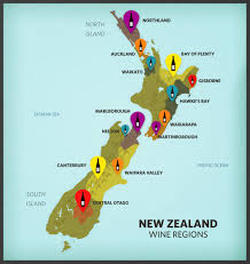 In my last post, I visited the Marlborough region of New Zealand. If you haven’t already read the post, please check it out for some background information about the terroir and wines. http://thewineknitter.com/1/post/2016/10/day-529.html Before I leave New Zealand for other parts of the world, there are two more wines that I’d like to share with you. Crowded House is part of Catalina Sounds and is located in the Marlborough region. The name Crowded House is derived from “the crowded, yet unique Marlborough region and our mission to stand out from this crowded world of wine.” Peter Jackson is the wine maker for both labels.  The Crowded House Sauvignon blanc 2015 is a fresh and zesty wine. The color is pale straw with aromas of tropical fruit, pineapple, citrus and hints of floral. The palate offers concentrated flavors of tropical fruit, soft citrus, pear and lemon zest on a long finish. The wine is beautifully balanced and would pair well with most seafood, salads, and light pastas or as an aperitif. Alcohol: 13% SRP: $12.95 http://www.crowded-house.co.nz 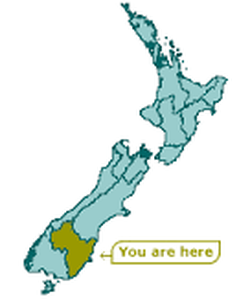 Nanny Goat Vineyard is located in Central Otago which is the most southerly wine region in the world. The vineyard is named after the wild goats that roam the mountainous terrain of the Central Otago. 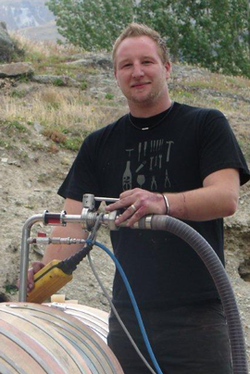 Alan Peters-Oswald Photo courtesy of Nanny Goat Alan Peters-Oswald Photo courtesy of Nanny Goat The extremely hot summers, very cold winters, rocky soils and poor fertility, make for challenging conditions in producing “world-class cool climate wines”. However, winemaker, Alan Peters-Oswald who grew up in rural Central Otago farming Angora goats, now produces premium Pinot Noir, Chardonnay and Syrah after getting his Diploma in Viticulture and Wine Production in Marlborough. 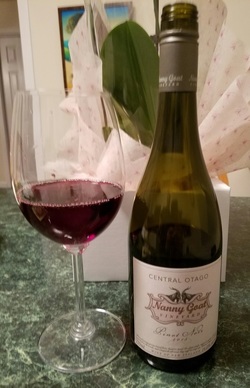 The Nanny Goat Vineyard Pinot Noir 2015 reflects the terrior and story of this vineyard. The color of the wine is dark cherry with berries, plum and spice on the nose. The palate is rich with layers of cherry, plum, blackberry, raspberry and violet. Soft tannins and a silky mouth-feel lead to a lengthy finish with hints of pepper and oak. This medium-bodied wine paired nicely with the Dijon crusted salmon and vegetable couscous. It would also complement stews, hearty soups and meat entrees. Alcohol: 14% SRP $23 http://nannygoatvineyard.co.nz The wines are priced well and would be a nice addition the holiday table.
Have a great Thursday! Cheers! Penina Having recently received a delightful lineup of wines from New Zealand, I thought it would be fun to “fly” over there and check out the wine scene. 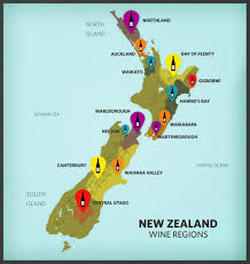 New Zealand is an island nation comprised of two islands (North and South) in the southwestern Pacific Ocean that extends 1000 miles with eleven wine regions ranging from sub-tropical Northland to the world’s most southerly grape growing region Central Otago. Vineyards profit from the maritime climate with long hours of sun and cool nights. In fact, no vineyard is further than 80 miles from the ocean. According to stats from WineInstitute.Org, for the year 2014, New Zealand produced about 1.13% of the world’s wine and ranked #15, with France, Italy and Spain leading the pack. Although New Zealand wine production might be low, an impressive collection of varieties and styles are making their presence known. New Zealand has been making wine since the 1800s, with the oldest existing vineyard being established in 1851 by French Roman Catholic missionaries at Mission Estate in Hawke’s Bay. There are many grape varieties found throughout the wine regions such as Sauvignon Blanc, Chardonnay, Pinot Gris, Riesling, Gewurztraminer, Pinot Noir, Cabernet Sauvignon, Merlot and Syrah. Catalina Sounds is a small estate located in the Marlborough region, which is the largest wine region in the country. Marlborough region occupies the northeastern corner of the South Island. Eighty percent of New Zealand’s Sauvignon blanc is grown in Marlborough, followed closely by Pinot Noir and Chardonnay. Many critics believe that Marlborough produces some of the world’s best Sauvignon blanc. 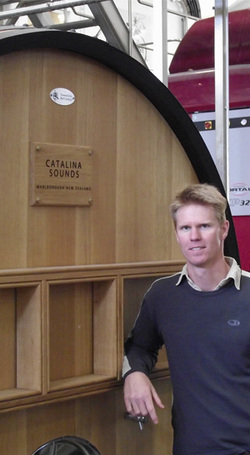 Peter Jackson Photo courtesy of Catalina Sounds Peter Jackson Photo courtesy of Catalina Sounds Peter Jackson is Catalina Sound’s wine maker and his philosophy is simple: “Source outstanding fruit from exceptional vineyard sites. I believe the most critical decision a winemaker makes is deciding when to pick. Once harvested, my role is to simply steer the fruit in the right direction in order to best express the vibrant fruit flavors that Marlborough is renowned for while respecting the subtle differences of each site”. Catalina Sounds 2015 Sauvignon Blanc is primarily sourced from Catalina’s “Sound of White” vineyard situated in Waihopai Valley. This is a beautiful and very friendly wine! The color is pale straw with enticing aromas of tropical fruit, peach, citrus and herbs. The palate offers layers of stone fruit, citrus, apple and floral notes. Nicely balanced with “juicy” acidity, the finish is dry and long. This wine would pair well with a variety of appetizers, light fish, cheese & fruit or on it’s own! Alcohol: 13% SRP: $16 Catalina Sounds 2015 Pinot Noir is sourced from Sound of White vineyard in Waihopai Valley and the Clayridge vineyard in Omaka Valley. Dark ruby in color, delicious aromas of sweet and sour cherry, earth and spice greet the senses. The palate is a lovely blend of berries, cherry, plum, spice and hints of oak followed by a long finish of lingering herbs and spice. Medium-bodied with a silky mouth-feel and soft tannins, this is an ideal wine for meat, poultry and hearty stews. It completed the Pumpkin Red Lentil Chili I made the other evening. The wine soothed the fire on my palate while adding another great taste sensation! Alcohol: 13% SRP: $19 My next post will be about Crowded House and Nanny Goat Vineyards. See you in New Zealand again soon!
Cheers! Penina I seem to keep finding my way back to exploring Chilean wines and rightly so. The wines have become more focused with many producers concentrating on bio dynamic, organic and sustainable agriculture in addition to producing unique and delicious wines. Chilean wines have earned significant recognition among wine critics and connoisseurs. I recently received two bottles of wine from Concha y Toro’s flagship brand, Casillero del Diablo Devil’s collection. 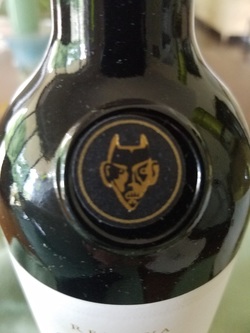 With Halloween just a few weeks away, the story behind the collection is perfect for telling while serving up a glass! Don Melchor Concha y Tora founded the vineyard in 1883. Legend has it that more than 130 years ago a ship set sail from Bordeaux carrying a cargo of precious vines. The ship landed in Chile where the grapes were turned into a mysterious wine. The wines were locked up, but continually disappeared from the cellar. So in order to stop the theft of the wines, he spread a rumor that the devil lived in the cellar. Everyone became terrified and some people claimed to have seen the devil. No one was ever able to solve the mystery and Don Melchor Concha y Toro continued to enjoy his wines. To this day, it is known as the “devils cellar”. Casillero del Diablo means “devils locker” in Spanish. The cellar is located in Pirque, close to Santiago. Casillero del Diablo Reserva 2016 Sauvignon Blanc comes from the Casablanca Valley region. This 100% Sauvignon Blanc is a light bodied wine filled with aromas of fresh citrus and pear. The palate offers grapefruit, green apple and has a zesty mouth-feel. This a refreshing wine that is well balanced and would complement light fare such as seafood, light pasta dishes, cheese and fruit. Alcohol: 13% Price: Approximately $11 Casillero del Diablo Reserva 2015 Cabernet Sauvignon comes from Central Valley region. It is 91% Cabernet Sauvignon, 3% Syrah, 2% Malbec, 2% Cabernet Franc, 1% Petit Verdot and 1% Petit Syrah. The color is dark ruby bordering on purple. Aromas of dark berries, plum, cherry and spice set the stage. Cherry and plum dominate the palate with a touch of berry and hints of oak and vanilla on the finish. This is a juicy wine that is nicely balanced with smooth tannins and will pair well with hearty stews and soup, pasta, game and meats. Alcohol: 13.5% Price: Approximately $11 The Casillero del Diablo wines are “best-value” wines that don’t disappoint the palate. Pick up a few bottles and enjoy these wines before they “mysteriously” disappear from the shelves!
Cheers! Penina |
Categories
All
|

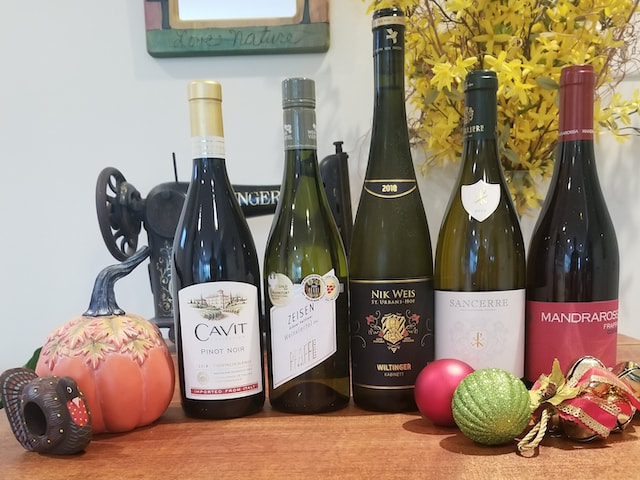
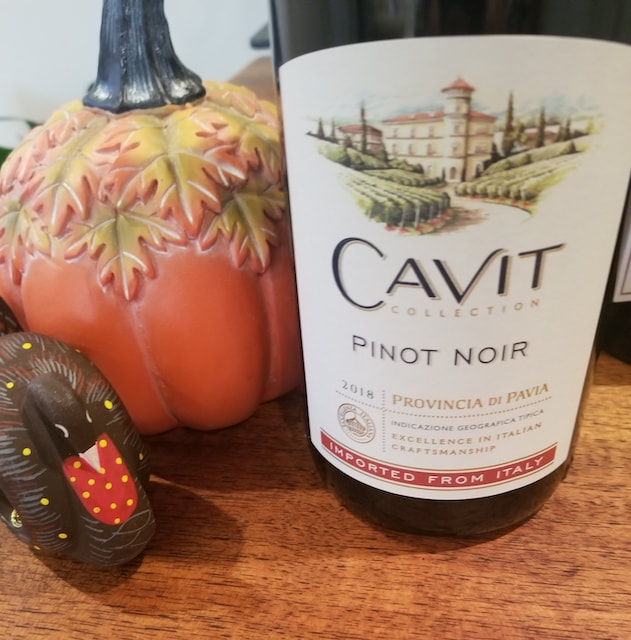
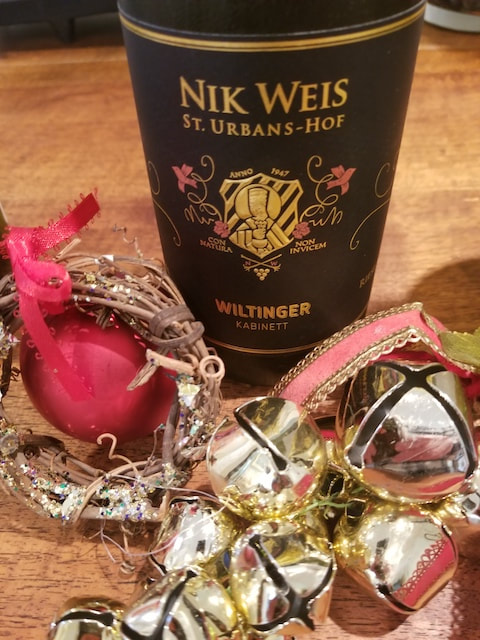
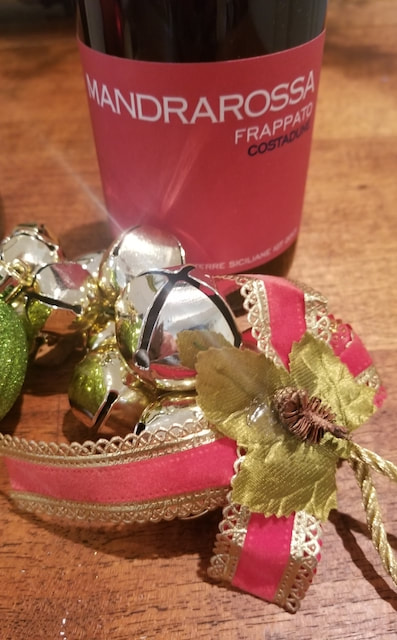
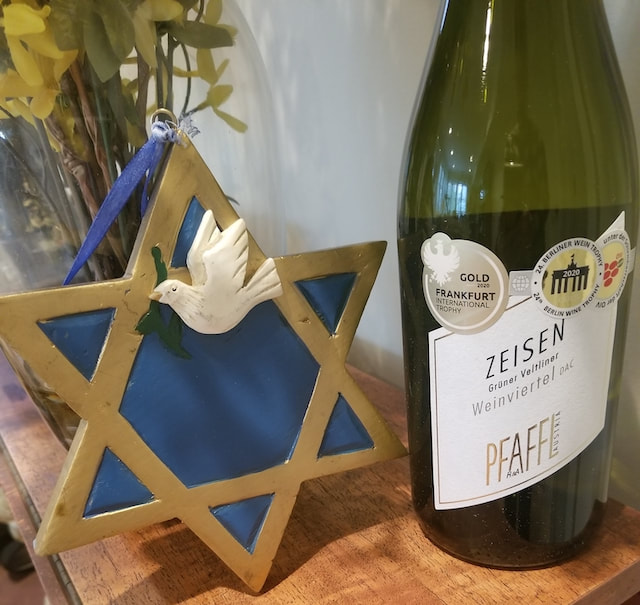
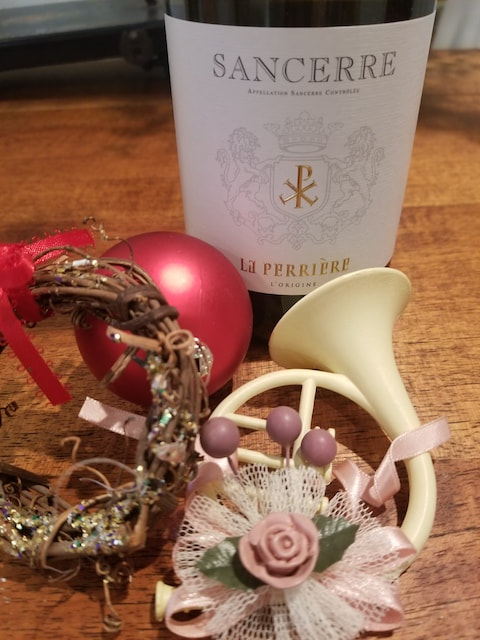
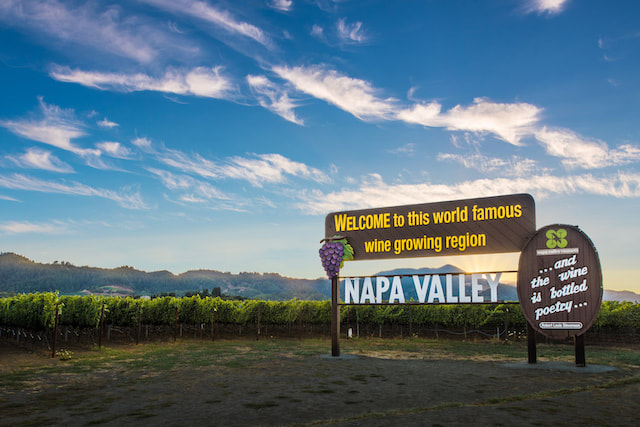
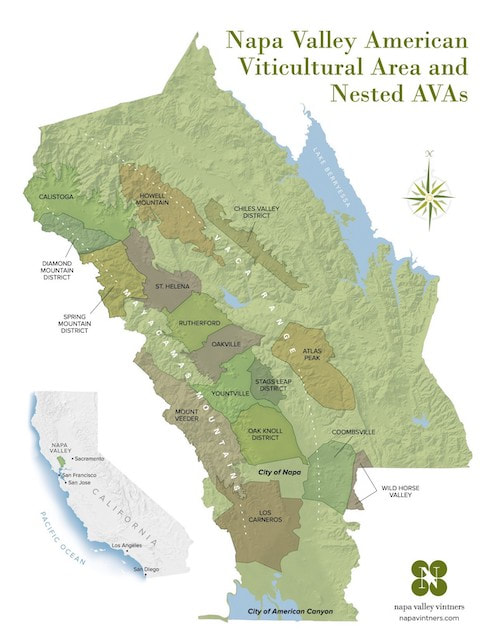
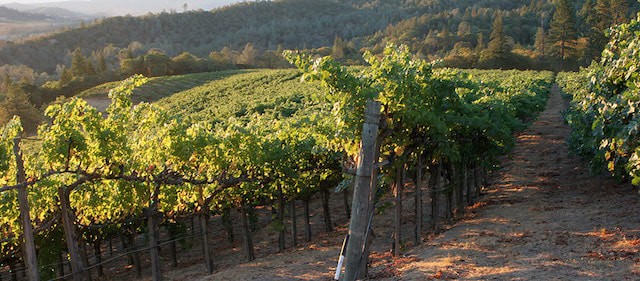
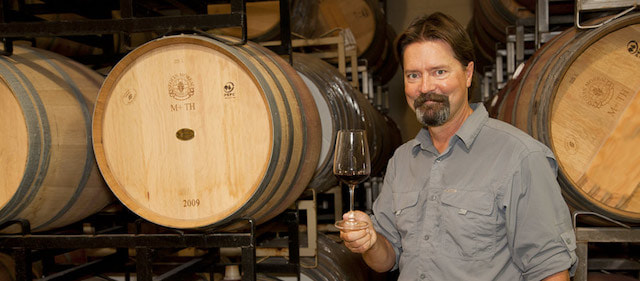
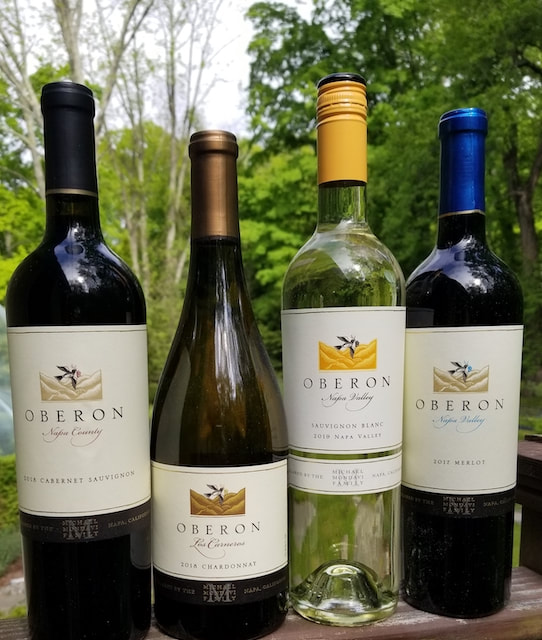
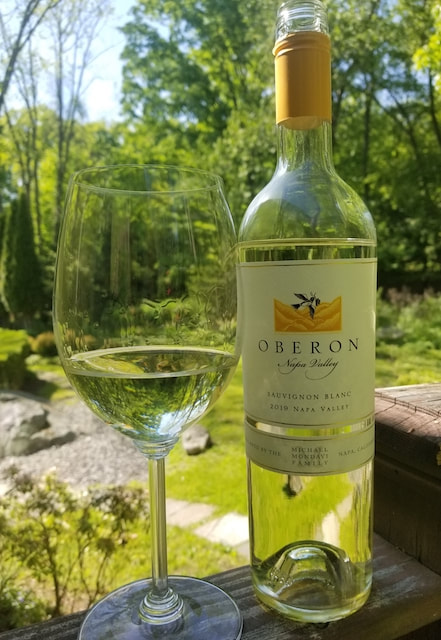
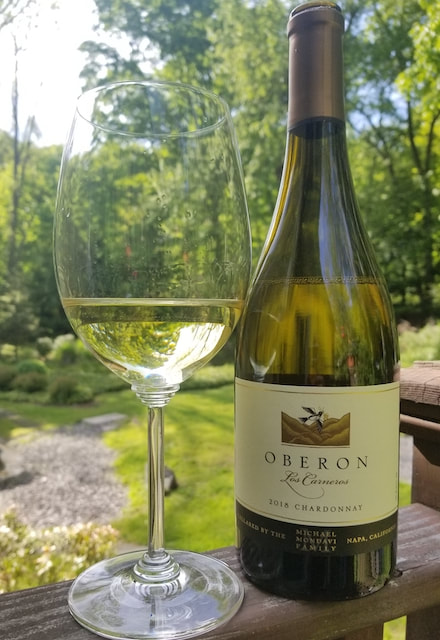
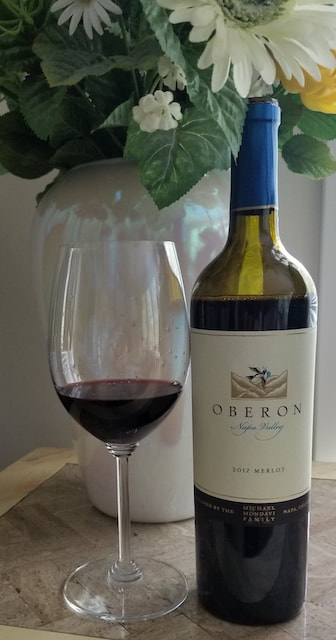
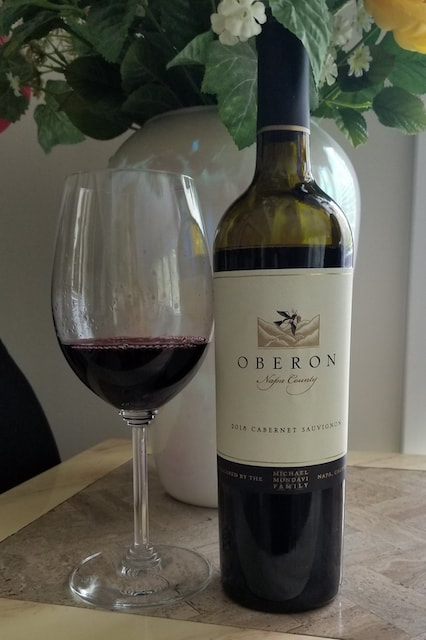
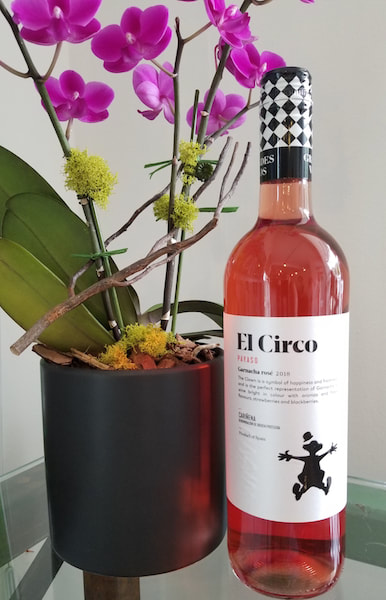
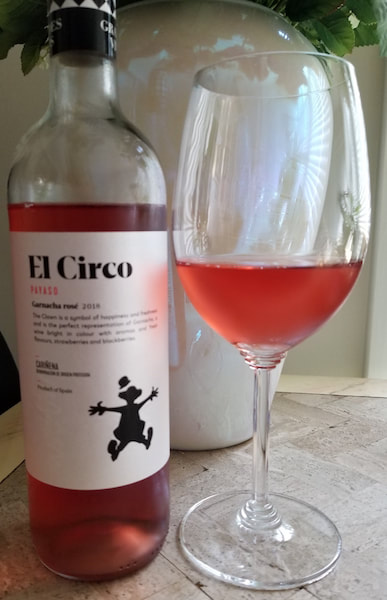
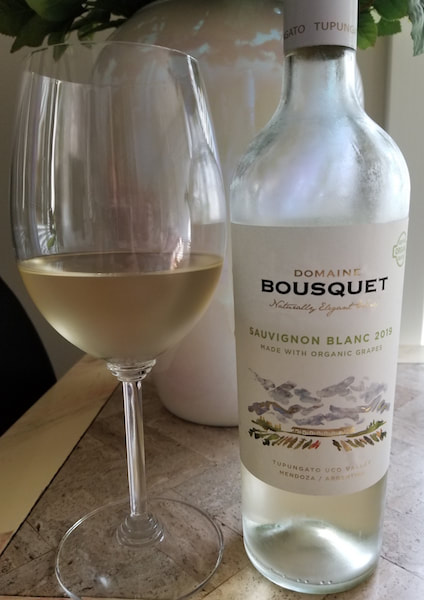
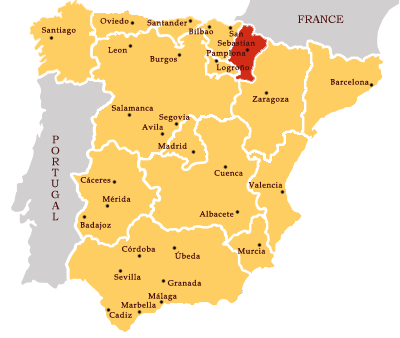
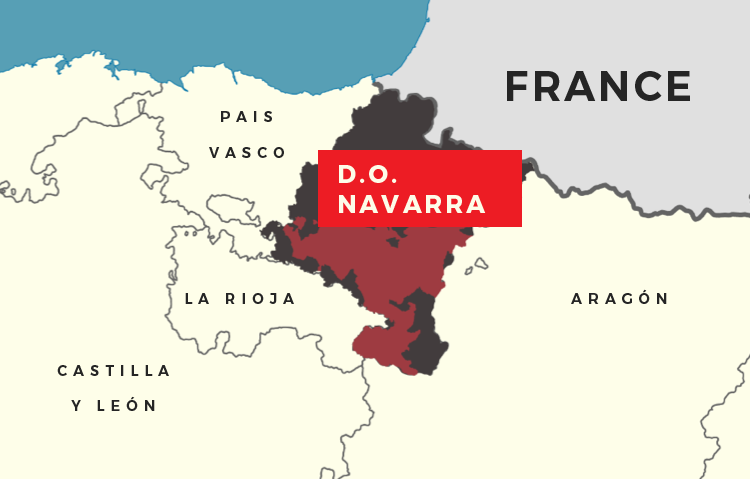
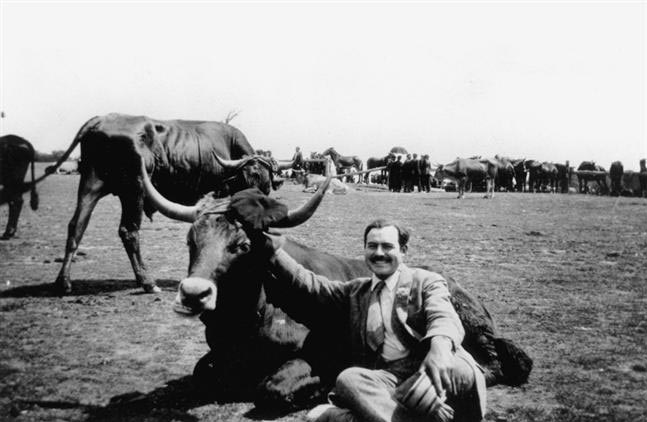
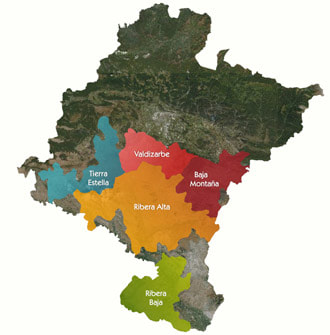
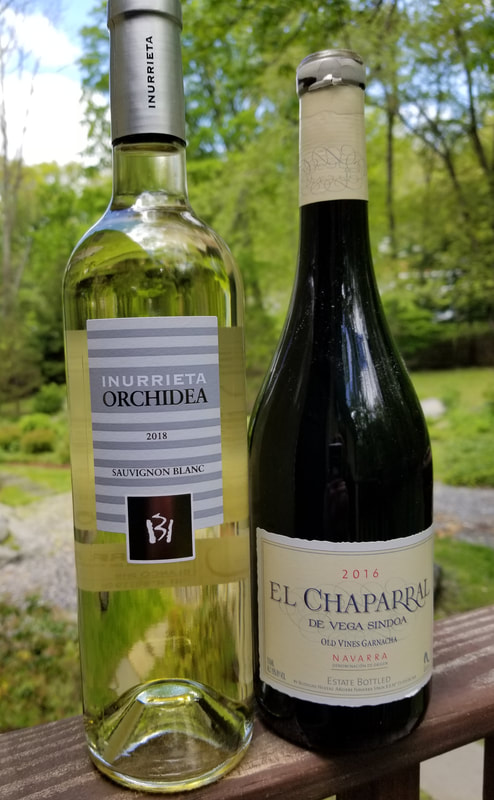
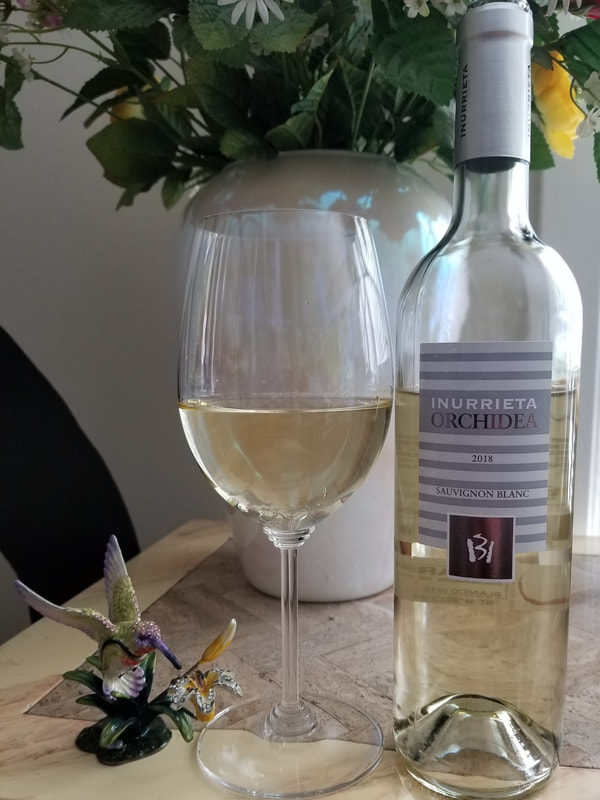
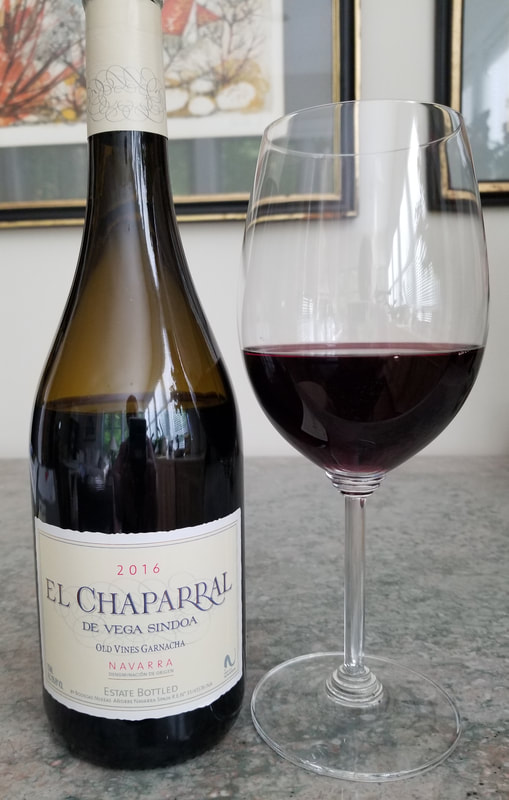
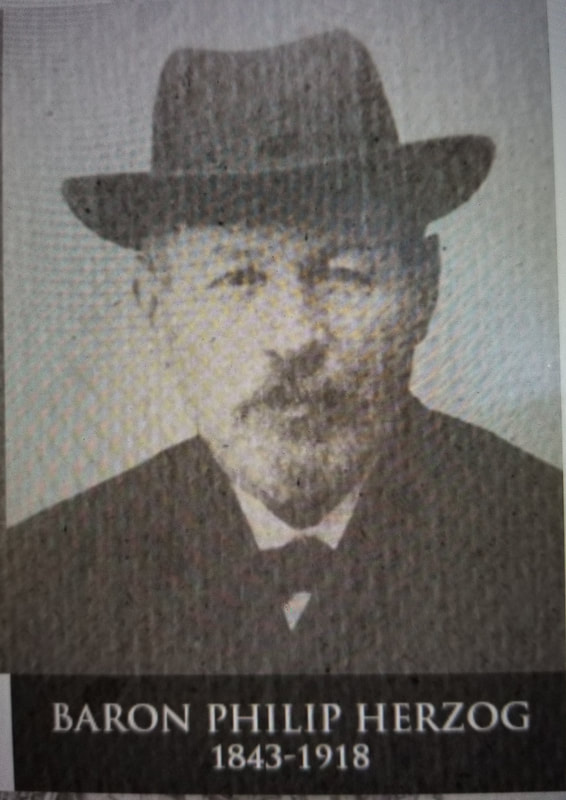

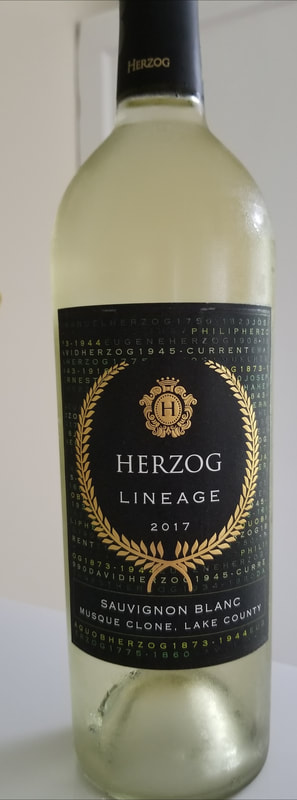
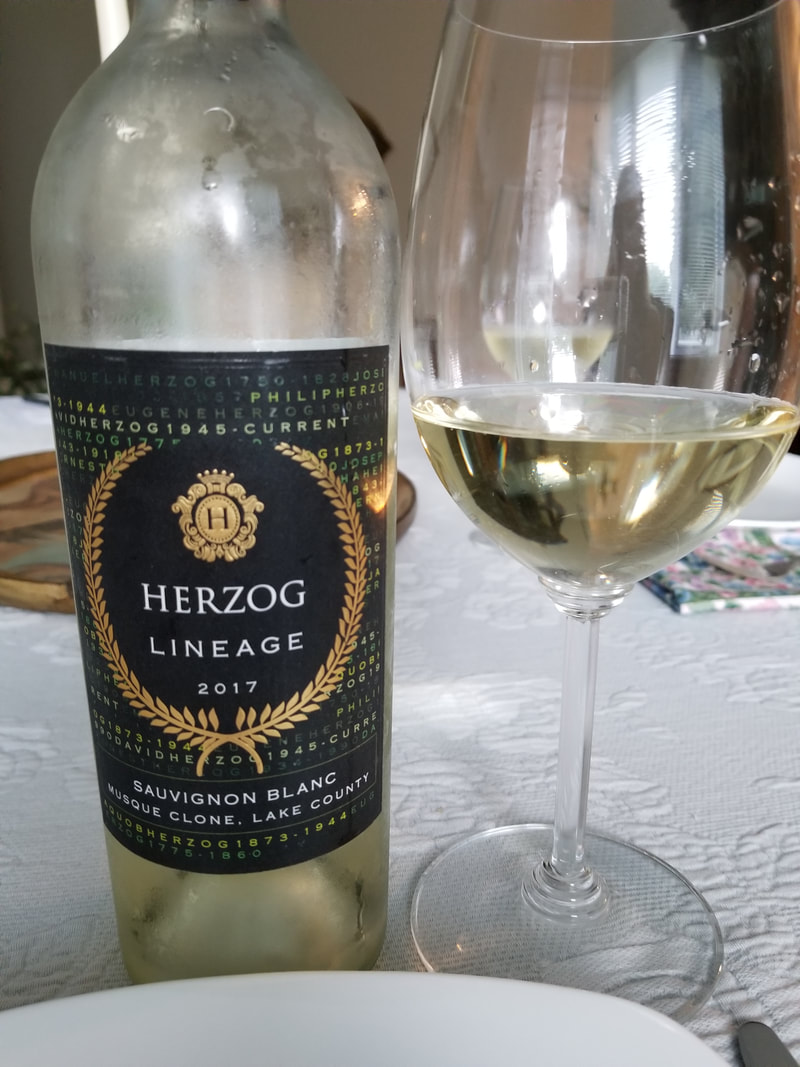
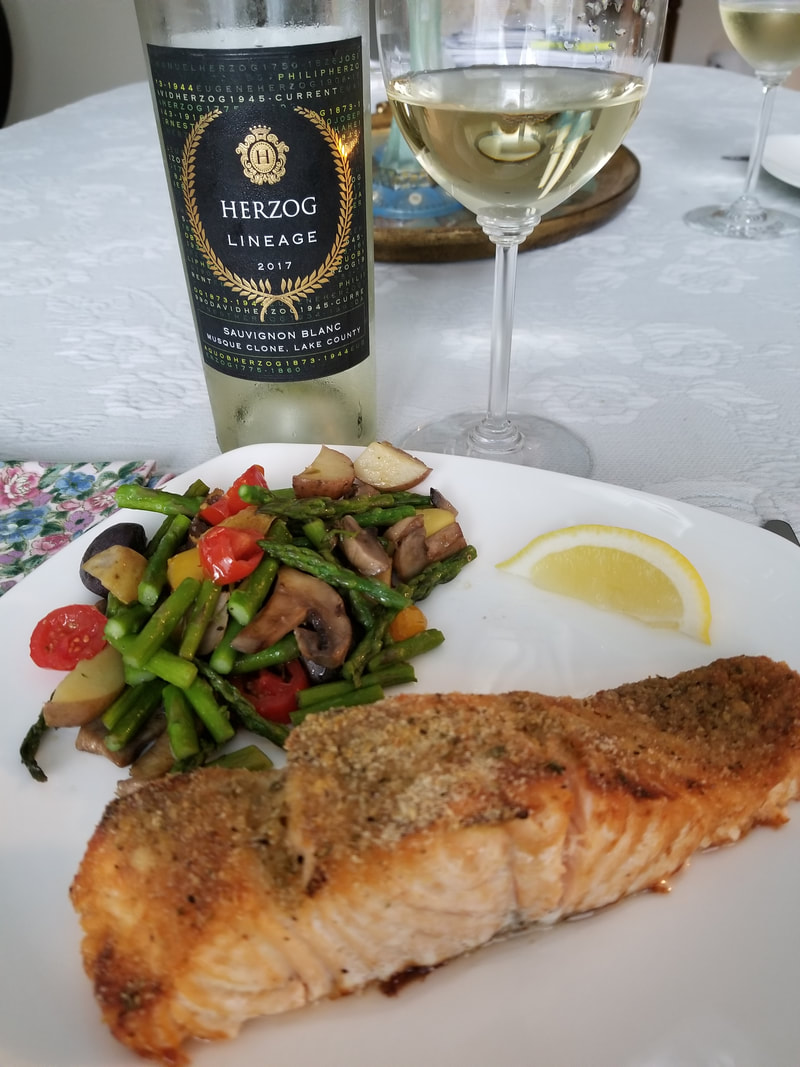
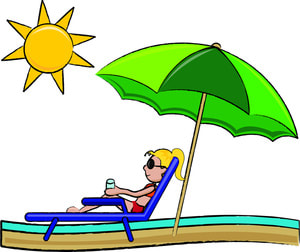
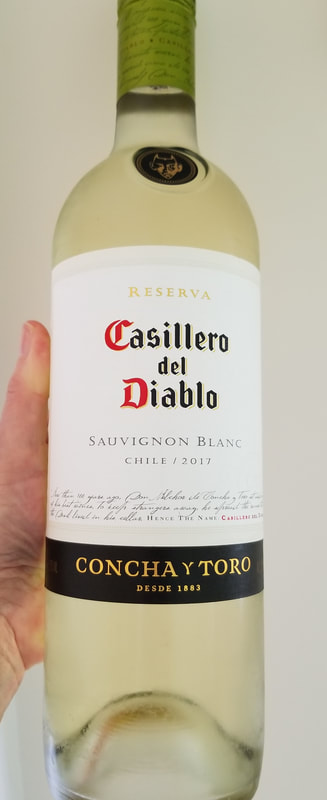
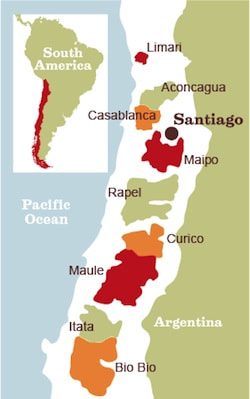
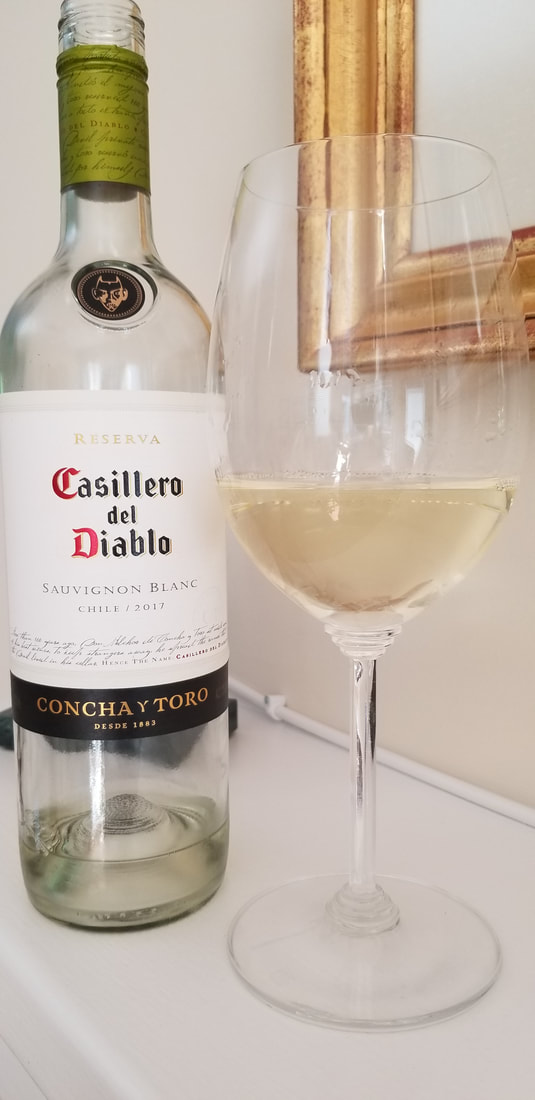
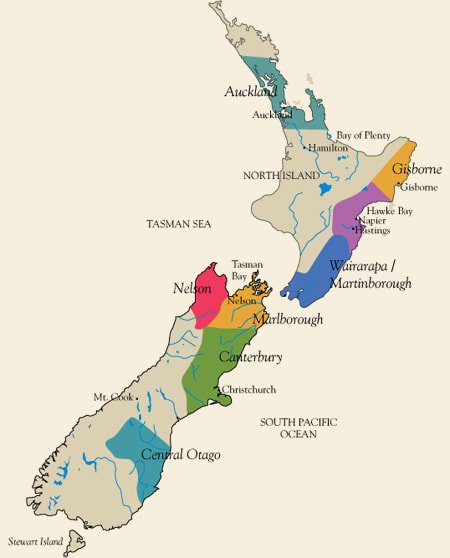
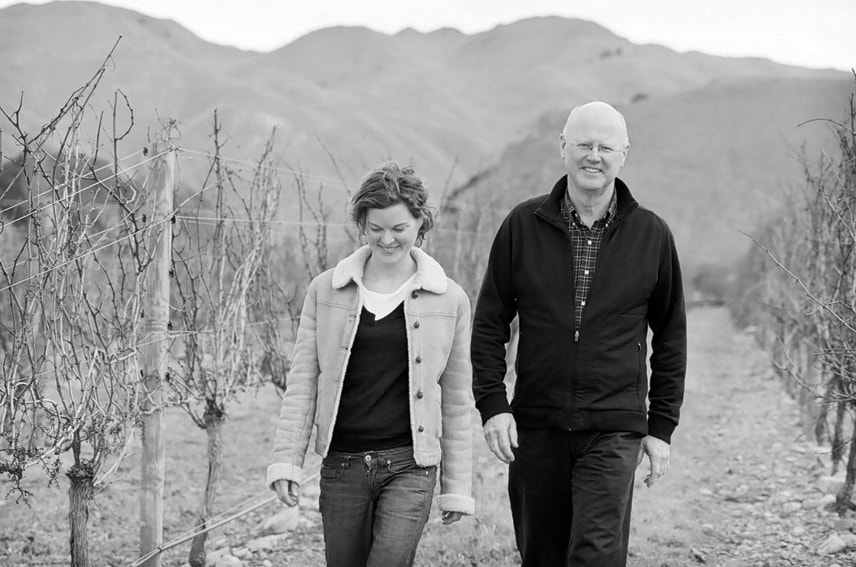
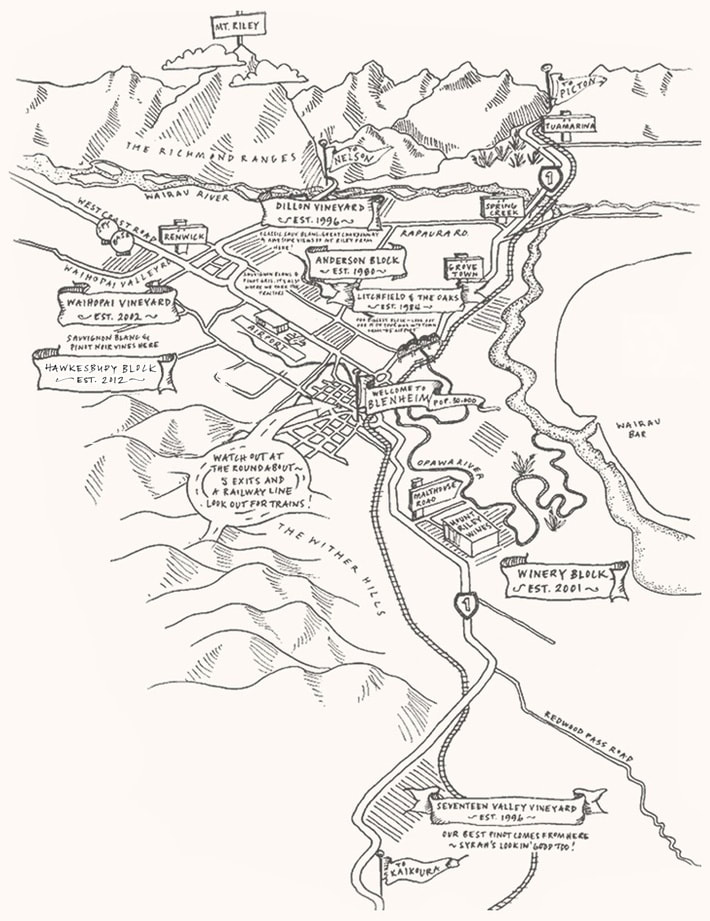
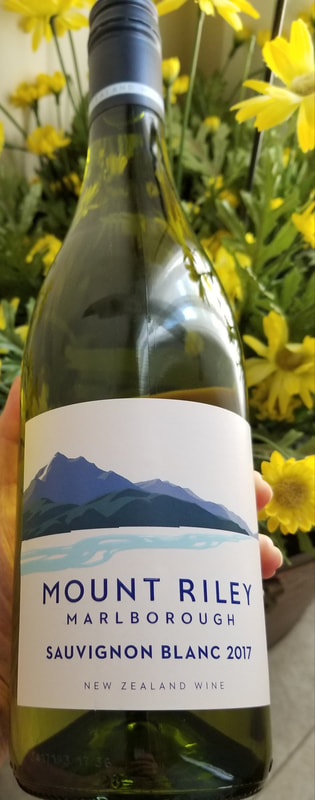
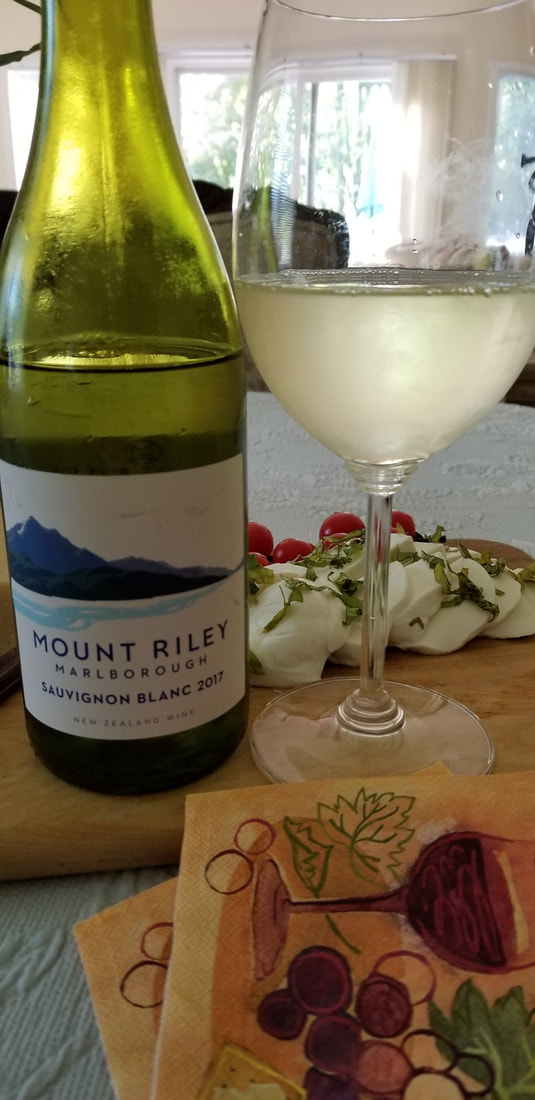
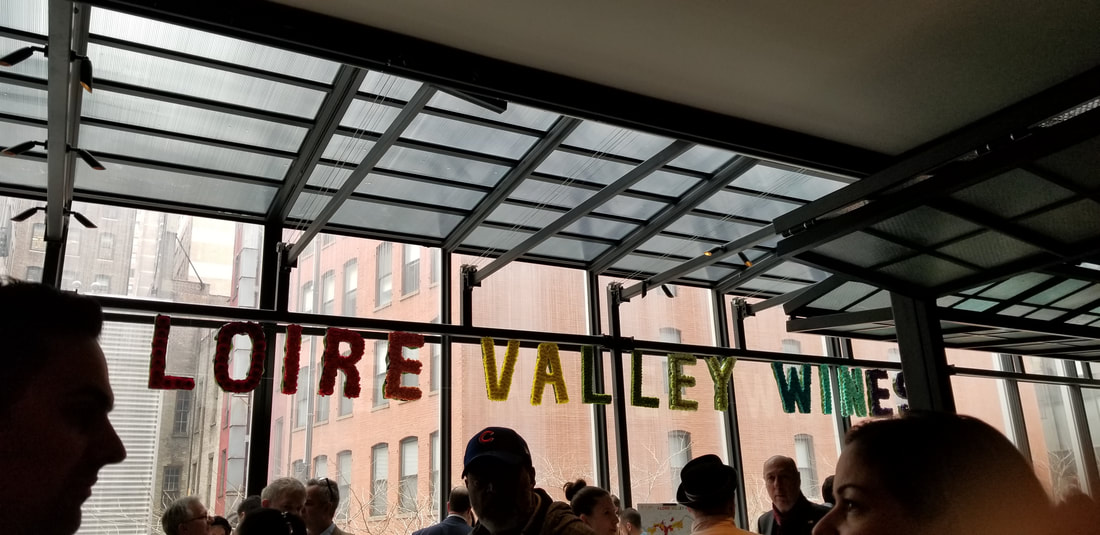
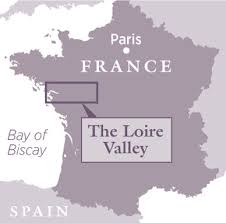
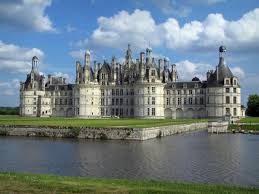
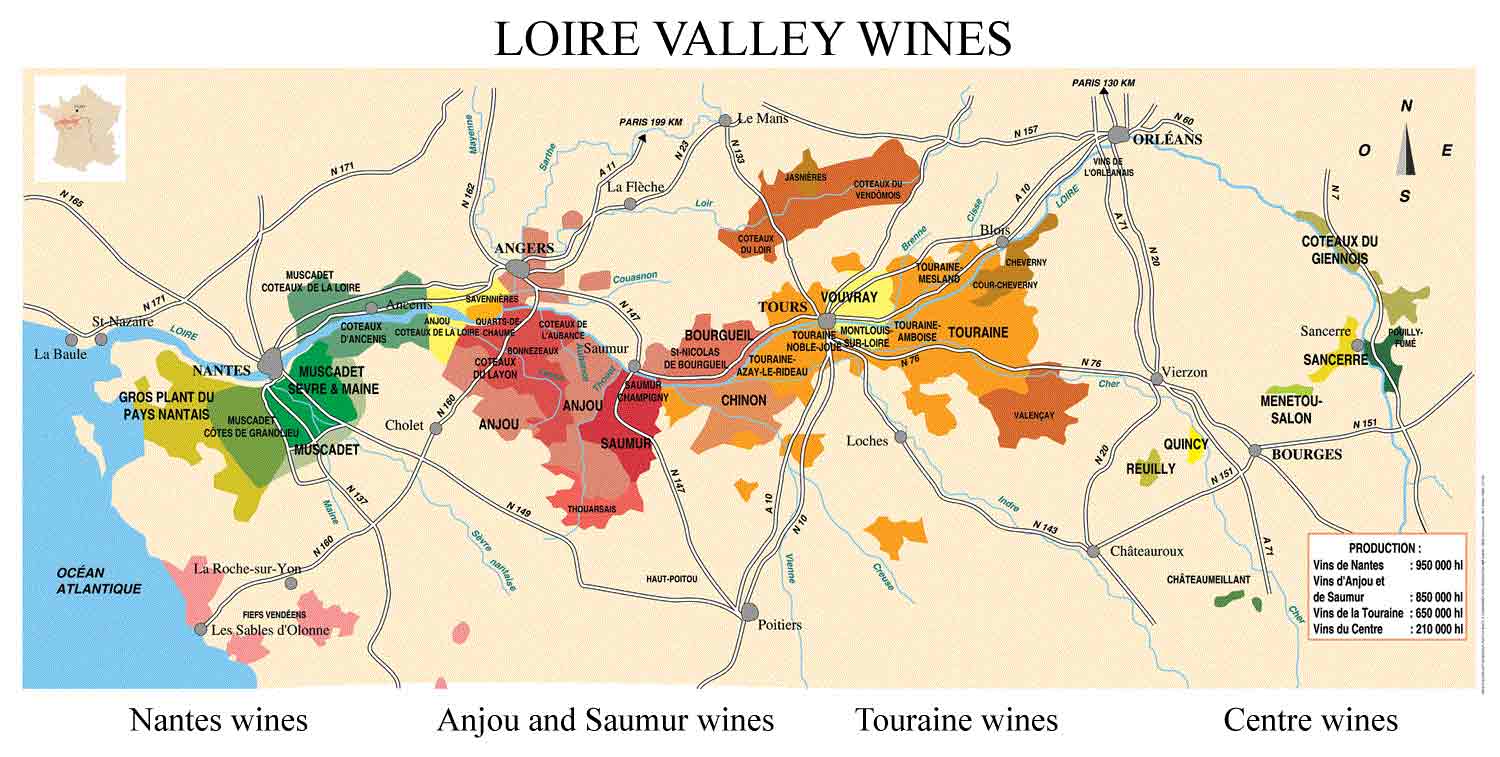
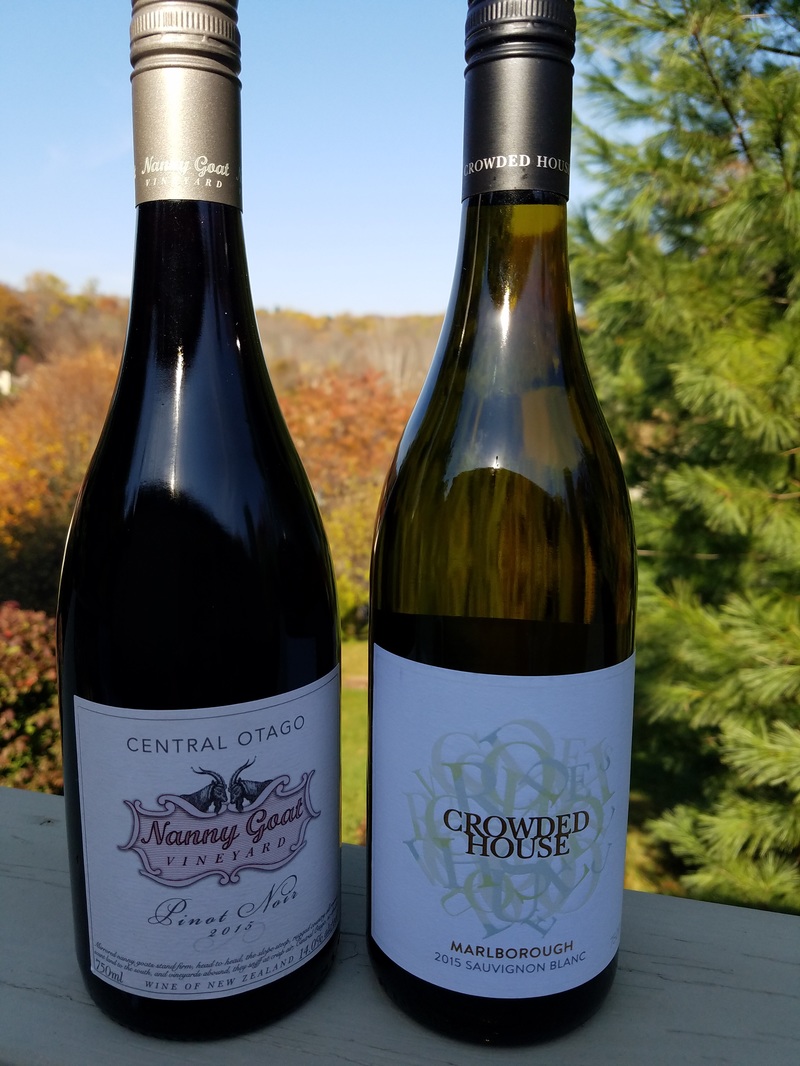
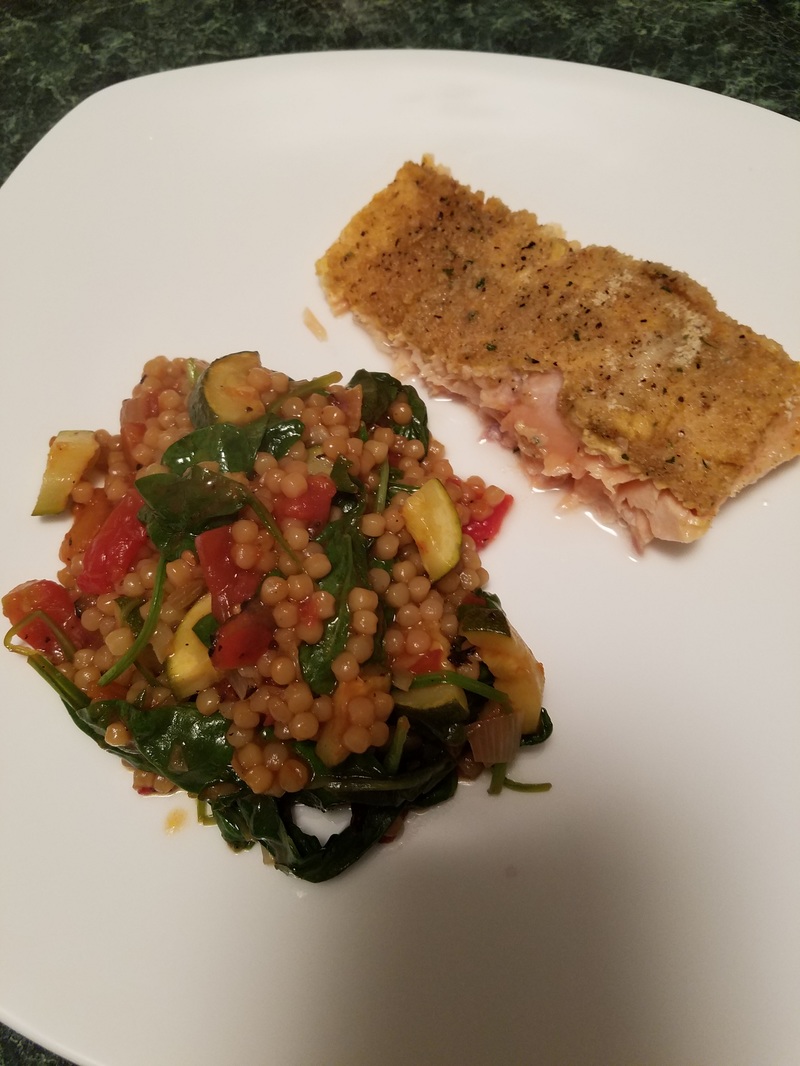
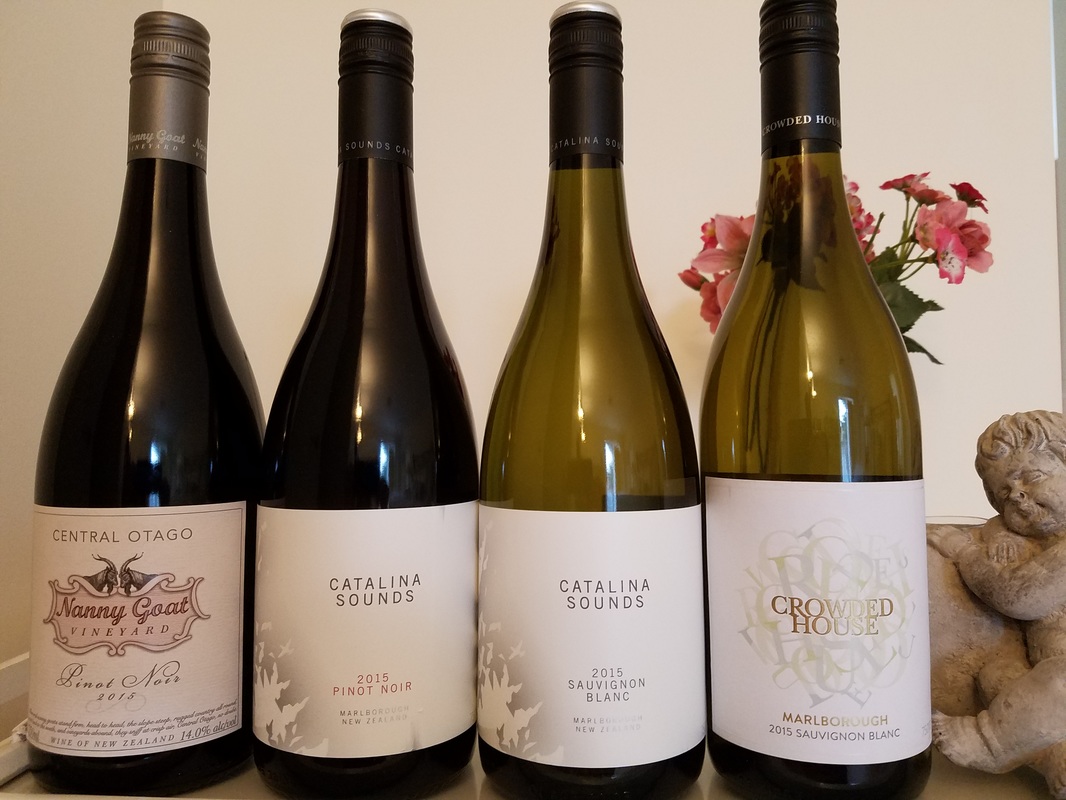
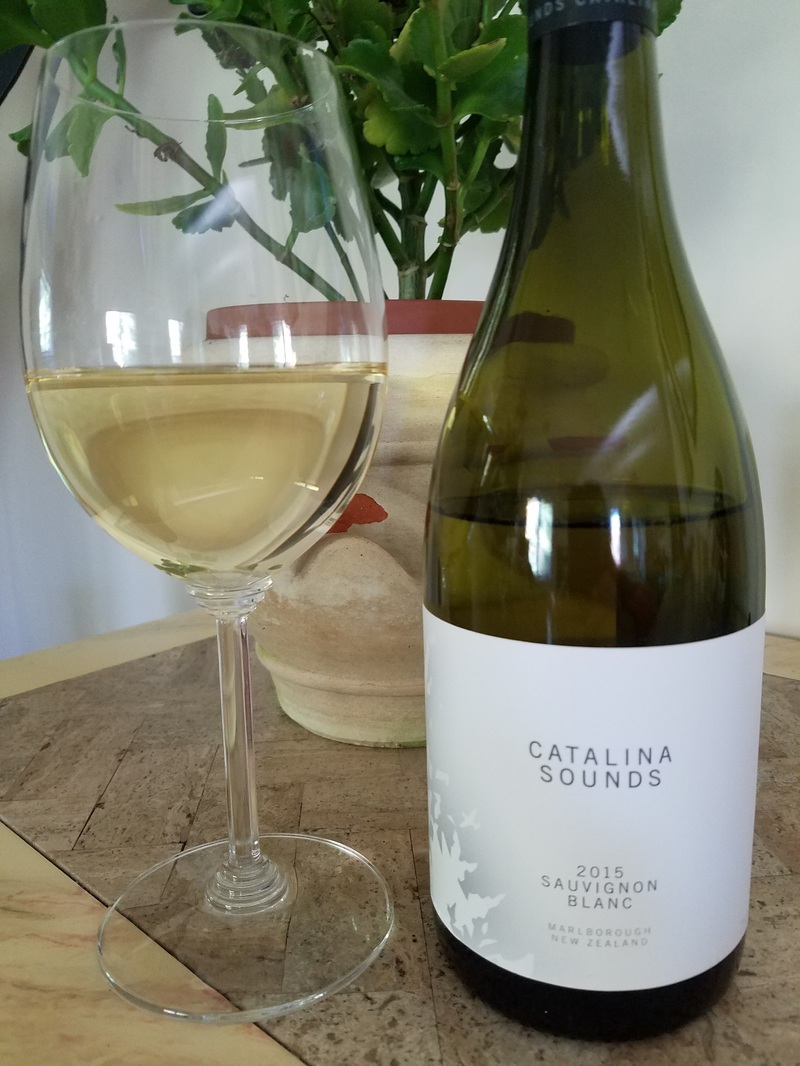
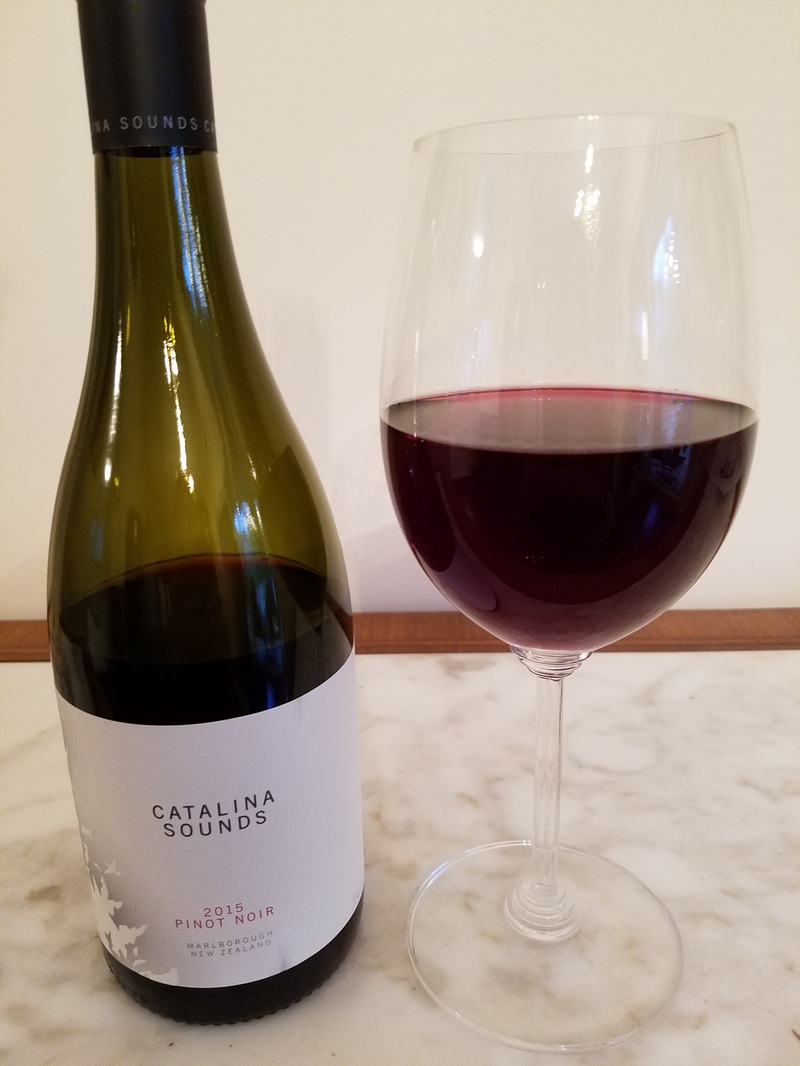
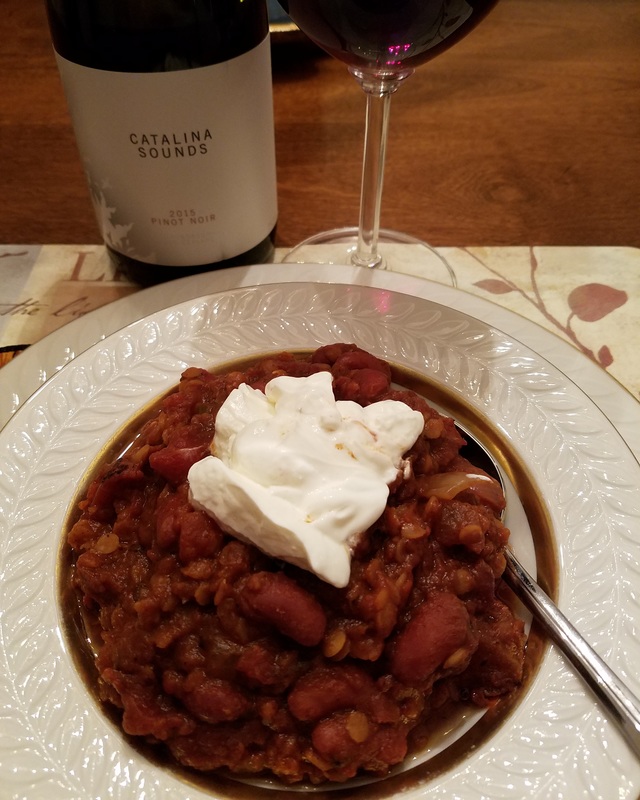
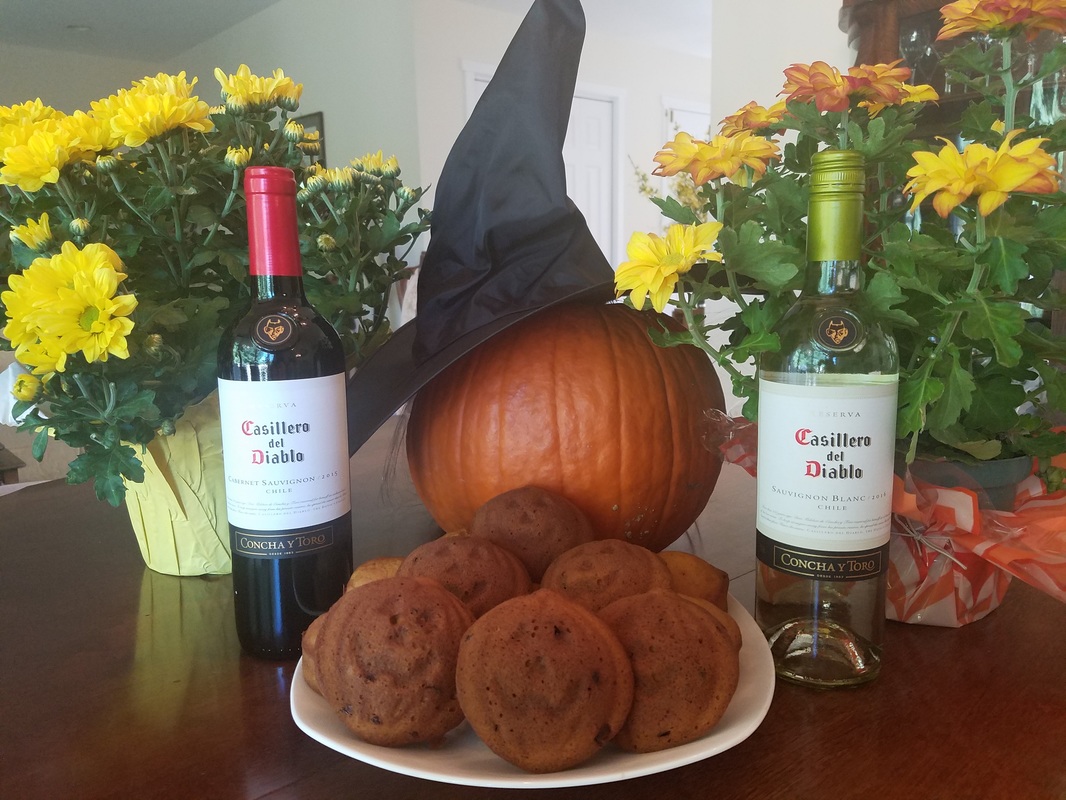
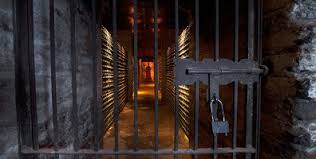
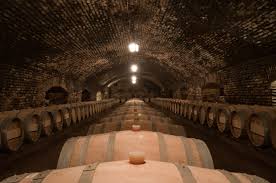
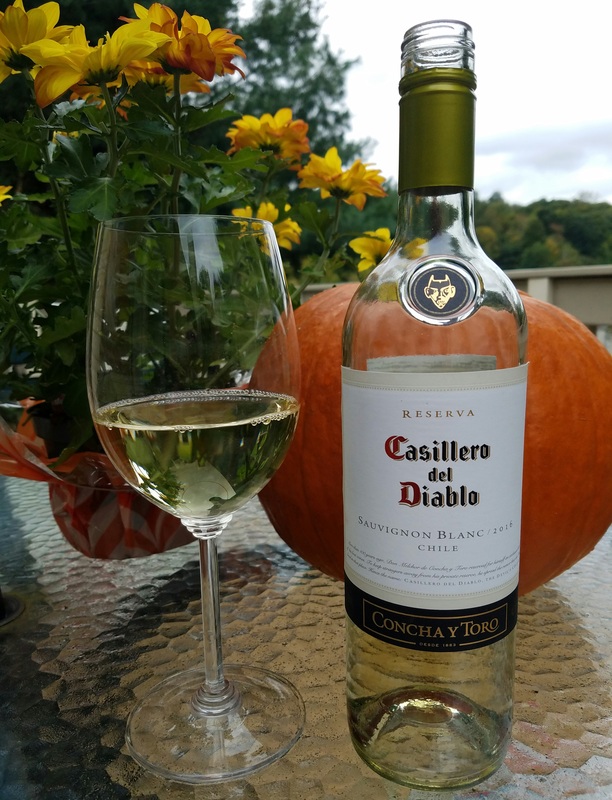
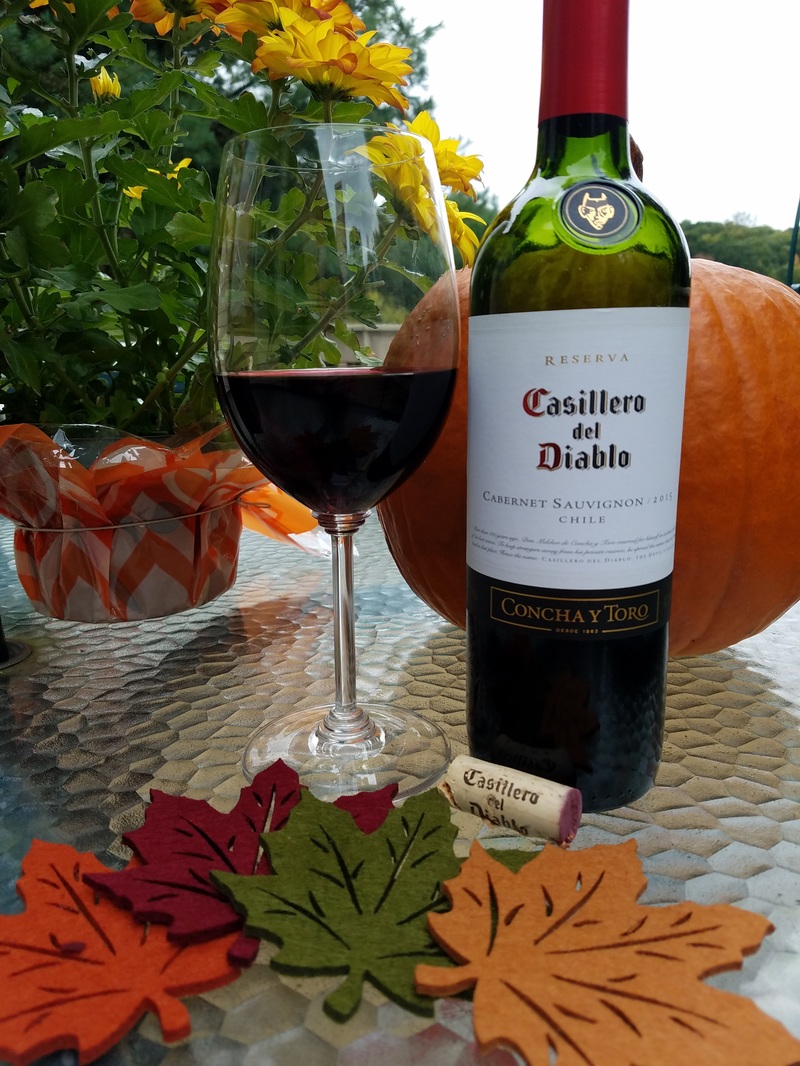
 RSS Feed
RSS Feed